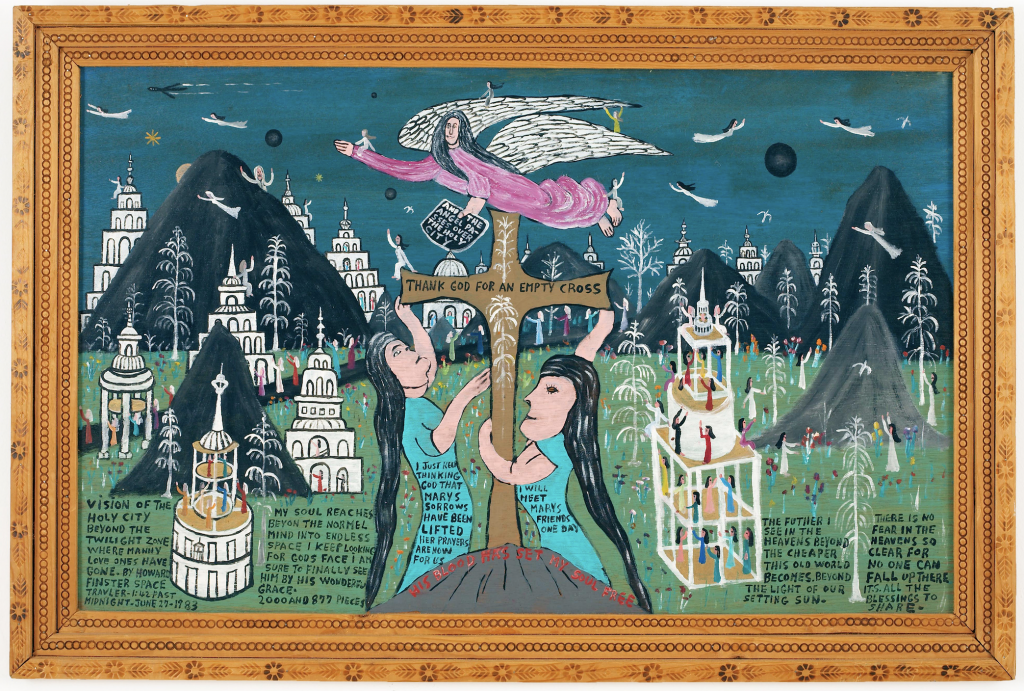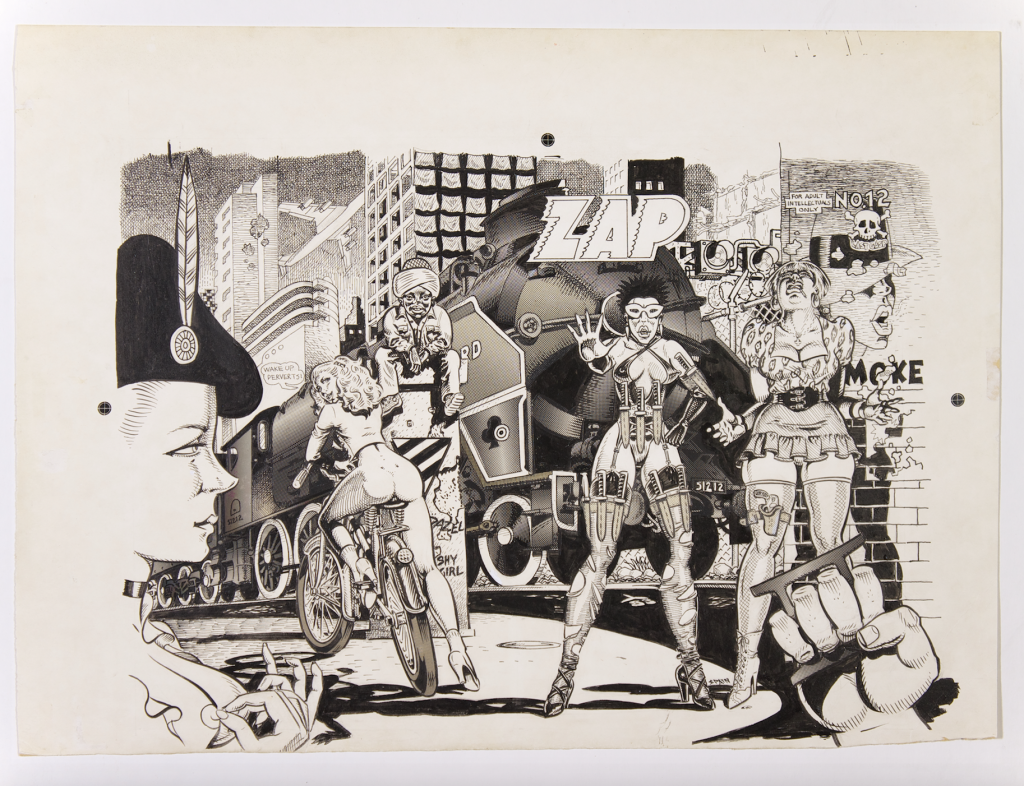Art Fairs
When the Outsider Art Fair Began 30 Years Ago, It Catered to a Niche Audience. Now, Even Celebrities Want In
Andrew Edlin, the fair's owner, credits the popularization of outsider art to the dealers that stuck to it through thick and thin.

Andrew Edlin, the fair's owner, credits the popularization of outsider art to the dealers that stuck to it through thick and thin.

Annie Armstrong

If you can believe it, the Outsider Art Fair, which opened its latest edition in New York at the Metropolitan pavilion this week (through March 6), is 30 years old this year, and it’s natural, at such a milestone, to consider how things have changed over the years.
In all that time—and especially in just the past few years—artists who fall under the umbrella have seen a dramatic shift in their public standing.
In less than a decade, the Smithsonian American Art Museum hosted a retrospective of Bill Traylor’s work (2018), the Brooklyn Museum put a spotlight on Judith Scott (2015), and the Metropolitan Museum of Art displayed “History Refused to Die: Highlights From the Souls Grown Deep Foundation Gift,” which highlighted works by Black self-taught artists of the American South (2018).
The category’s popularization was even suggested by those milling about the fair’s opening day on Thursday. Among them were celebrated insider artists such as Glenn Ligon, Dustin Yellin, and Andres Serrano. Even celebrities like David Byrne showed up.
“Thirty years ago, people would look at this and kind of snicker,” said Carl Hammer, whose Chicago gallery has focused on self-taught artists for 40 years. “So the public has become quite accepting of it, and educated to its significance.”
Hammer attributes some of that to larger galleries embracing outsider artists: R. Crumb and and the estate of Bill Traylor are both represented by David Zwirner, for example.
“That kind of convinces the public,” he said.
It also may help his bottom line. At the VIP opening of the fair, Hammer sold a Traylor drawing for $275,000, and was expecting to sell a Henry Darger painting for $700,000. But Hammer, like so many Outsider art dealers, considers himself not only a salesman, but also a public interlocutor.
“We’re educators, too,” he said.
It’s a sentiment shared by fellow dealer Andrew Edlin, who owns the Outsider Art Fair and was selling works by artists such as Augustin Lesage ($60,000) and Frantisek Jaroslav Pecka (around $20,000).
“These guys are on the front lines,” Edlin said. “We’re discovering the next Thornton Dials and the next Bill Traylors right now.”
As far as he’s concerned, it’s the smaller, dedicated dealers who focus on outsider art who do the leg work.
“None of these huge galleries are at all conditioned to be down in the trenches, finding where it’s happening,” he said. “This is the community that does that.”
The Silo, a Milanville, Pennsylvania-based gallery, is part of that community. For $4,500 a pop, it was selling erotic drawings from the 1940s by a previously unknown artist from the South Side of Chicago.
Discovered in a suitcase in 2016, the works were made by Berry Horton, a black, queer artist inspired by the early psychoanalyst (and associate of Sigmund Freud) Carl Jung. The gallery also had on view works by a household name—Daniel Johnston, represented through a suite of drawings made with his sister, Marjory, in 2017, just before his death.

A comic by Spain Rodriguez in the “Field Trip: Psychedelic Solution, 1986-1995” curated section.
More Johnston works were available just around the corner at Electric Lady Studios’ booth. These vibrant pieces ($5,000 each) were made in the 1980’s, and feature some of Johnston’s iconic eyeball and Captain America imagery.
Elsewhere, at Fierman’s booth, ceramic pieces by Seth Bogart, the frontman for the queer punk band Hunx and His Punx, were selling for between $800 and $5,000.
The pieces are mainly recreations of books such as Valerie Solanas’s SCUM Manifesto and Joan Didion’s Play It As It Lays. Although sales were a tad slow, David Fierman, the gallery’s owner, said he was looking forward to the action picking up on Saturday and Sunday.
“The weekend is always good for this fair, because it’s not really the type of fair collectors skip work to come to,” he said.
Nicelle Beauchene’s booth focused on quilts made during the Civil Rights movement by LiliMae Pettway and Mertlene Perkins. Perkins’s Pontiac Star, which she made with the Gee’s Bend quilting collective in the 1970s, sold for $35,000.
The fair also featured four curated sections: a selection of works from R.E.M. singer Michael Stipe’s collection, curated by Phillip March Jones; a selection of psychedelic artworks curated by artist Fred Tomaselli; a solo booth of works in clay by animator Bruce Bickford, known for his collaborations with Frank Zappa; and a booth of works including pieces by filmmakers Jim Jarmusch and Larry Clark, organized by critic Paul Laster. The latter presentation suggests that these days, even the insiders want to be outsiders.
But if you ask Edlin, he’ll bring it back to the dealers.
“These galleries are evangelists, and the foremost experts in the world,” Edlin said. “It was this community that loved the work, championed the work, researched it, and showed it when there was no obvious buck involved.”